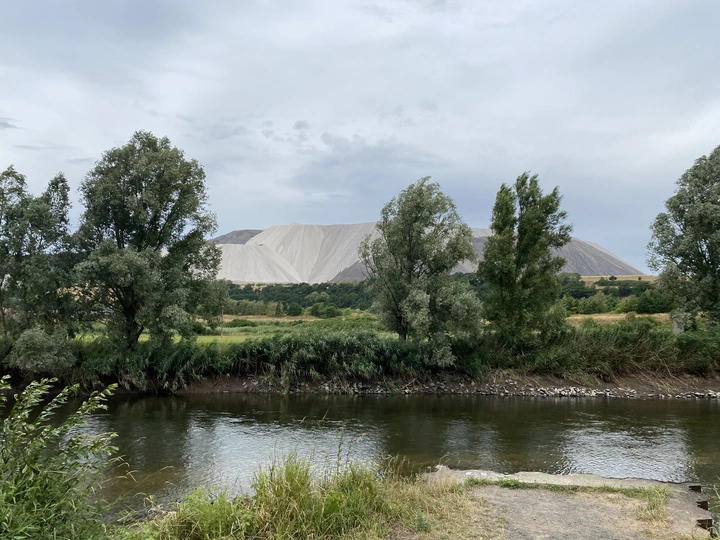Salty Scars

I am an architect currently based in Aarhus, Denmark, where I recently completed my master studies in the sustainability studio, Material Matters, at Aarhus School of Architecture. Through my work I explore natural materials and minerals, unpacking their entangled existences from landscape to built form to imagine otherwise. At a time where existing building practices and material palettes should be critically challenged, I aim to connect varying perspectives, scales, time and place to consider alternative material uses with ecological sensibility and consideration to the planetary consequences our human actions have. Within these research based projects, I attempt to make these entanglements tangible and test specific moments through 1:1 testing and prototyping. My practice involves “making with” materials, observing them, engaging with them and documenting them to gain a deeper insight into the potentials of the material from the technical to the aesthetic.
After completing my BA at The Glasgow School of Art, I gained experience of working in an architectural practice in Berlin specialising in building transformation, alongside volunteering on various live build projects. During my master studies, I additionally co-designed and co-built a pavilion for CHART Art Fair (Copenhagen), as well as co-organised and co-moderated a lecture series discussing alternative modes of architectural practice. Looking forward, I intend to continue developing self-initiated research projects, striving to cultivate more symbiotic and less exploitative relations between building and environment.
Salt, NaCl, is now a mineral common to us all, with which we are all familiar. Salt has been the protagonist of protest, payment and power, ensuring the preservation of food, and contains many mythological connotations. Beyond seasoning our food, salt is mostly considered a threat; catalysing masonry decay, contaminating freshwater bodies and agricultural fields. At a time where architectural material palettes have become an extractive monocultures, can salt play a role in our spatial environment?
This project proposes to investigate salt that is a byproduct of the potash mining industry through entangled mappings and material explorations. A 250 metre tall artificial salt mountain sits in central Germany, a visual signifier of extraction that is continually polluting water bodies of its locale, threatening both human and non-human bodies. The potash from this site provides fertiliser across Europe, an ingredient in our agricultural systems, but what is the ecological cost of this extraction? One stage of this proposal will visualise the cultural, economic, and ecological impacts this site has across scales, place and time in an attempt to raise awareness to the interconnectedness of the planet’s wounds. The process will be documented and serve as a case study for how we can approach the complexity of place.
The other aspect of the project will consider the prospect of salt use in spatial scenarios. The inherent qualities of salt; antibacterial, hygroscopic, fire resistant alongside the abundance and low cost of the mineral are all qualities that could result in intriguing architectural materials. Following a series of 1:1 prototypes in my Master thesis, I wish to continue exploring the viability of salt as a building material and its effect on indoor climates, using the by-product of potash mining, as an example of a less extractive material future.